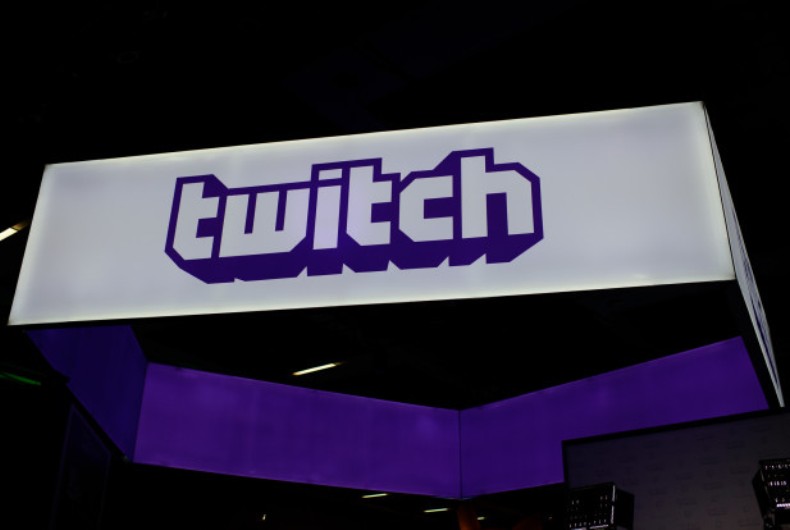These People Make More Than $25,000 an Hour Playing Video Games on Twitch. Here’s the Crazy Thing They All Figured Out
And when you do the math, they’re actually grossly underpaid.
There are three kinds of people in the world right now.
- Group No. 1 consists of the people who spent a combined 8.9 billion hours watching other people play video games on Twitch last year.
- Group No. 2 is almost all of the rest of us.
- Group No. 3 is the much smaller group that actually plays the video games that the people in Group No. 1 watch, and is being paid very well for the privilege.
The amounts of money involved are surprising: Top professional video gamers, according to a new report, are making $25,000, $35,000, and even $50,000 an hour.
That’s not a typo. It’s the hourly rate at the top of the market, when these top streamers’ video game publisher company clients have a new game to pitch.
As Sarah E. Needleman explained in The Wall Street Journal over the weekend, the sheer number of followers that top streamers and influencers can garner means it’s a no-brainer marketing strategy for video game publishers, whose industry is massive ($130 billion a year), but also wildly overcrowded.
Streamers don’t just demo the game, they lend an air of authenticity to the effort.
“Having celebrity streamers play games is an important part of the business,” says Strauss Zelnick, CEO of Take-Two Interactive Software, which plans to spend toward the high end of the range when it releases two new games later this year, according to the Journal. “It is relatively new, but it has to be organic. The streamers have to believe in it.”
One streamer reportedly bringing in the big hourly rate is Benjamin Lupo, who goes by the name DrLupo on Twitch, and who played the game Apex Legends for a few sponsored hours during its launch on February 4.
“We have the power to convince people to buy a game they’re on the fence about. They see us as more trustworthy than a name they don’t recognize that wrote a review. They can see our faces. It’s live interaction,” he says.
Lupo, by the way, is 32, a former systems engineer who lives in Omaha, and has a wife and a 3-year-old son plus “a mortgage and a lawn to mow,” as a profile on Omaha.com put it last year.
Now, he’s taking in at least 10 times what he made at his old job at a local insurance company, playing video games full-time on Twitch–the vast majority of it via subscription revenue from followers, it would seem, as opposed to sponsorships.
As of a few days ago, DrLupo had about 28,000 subscribers, each paying at least $4.99 per month. However, Twitch, which is owned by Amazon, takes a cut that can be as high as 50 percent.
It’s a good deal for people like him, obviously, but I think the math on these sponsorships also works pretty clearly for the video game companies.
Take the example of Apex Legends provided in the Journal, where this influencer strategy was apparently the centerpiece of the marketing effort. (You need to know that Apex Legends is free to download, but has all kinds of microtransactions within the game, which is how EA makes money):
EA paid “more than a dozen” top streamers, including Lupo, to play Apex Legends on its launch date.
Assume the top of the market rate–$50,000 an hour–plus 12 gamers and two hours each. We’re at $1.2 million.
Apex Legends wound up with 1 million downloads on its first day alone.
By the end of the month, 50 million people had downloaded the game.
According to Superdata, EA brought in $90 million in revenue during that first month alone, which means an average of $1.80 per user.
I’ve done some digital marketing, and the idea of getting downloads at the rate of $1.20 per download at scale is off-the-charts positive.
And when you realize that EA apparently turns a 50 percent profit on those gamers on average within the first month of downloads, it’s an insanely positive result.
So if your first reaction to this story was disbelief that people could make this kind of money playing video games online, try this second reaction on for size: It’s seems like they’re actually grossly underpaid.
Article written by: Bill Murphy Jr.


